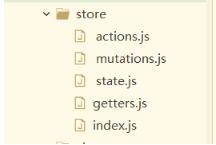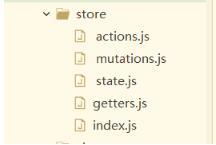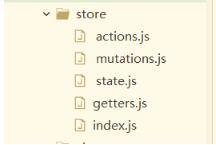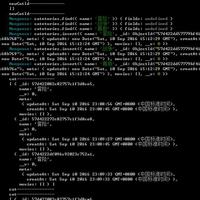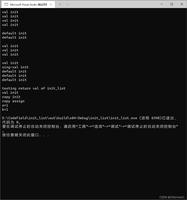计算机网络中同步TDM与异步TDM的区别
同步时分复用
同步 TDM 主要称为同步,因为每个时隙都预先授权给一个连续源。同步 TDM 是一种数据传输方法,在此期间可能会有连续的数据信号流,然后是时序信号。它有助于支持发送和接收器彼此同步。
无论源是否有任何信息要传输,时隙都会被广播。因此,为了执行的完整性,信道空间被浪费了。
异步时分复用
异步 TDM 称为统计分复用。这是一种时隙不是像同步 TDM 那样永久的方法。时隙只分配给那些有信息发送数据的机器。
这种传输方式一次传输一个字符或 8 位。在这种方法中,在传输过程开始之前,每个字符传输起始位。发送完字符后,还发送结束位。对于字符位以及开始位和停止位,整个位数为 10 位。
同步时分复用(STDM)和异步时分复用(ATDM)之间的主要区别如下 -
| STDM | 自动售货机 |
|---|---|
| In synchronous TDM, the unlimited speed of the input lines is never higher than the volume of the direction. | 在异步 TDM 中,输入线的总速度可以高于方向的幅度。 |
| Suppose that we have n input lines. The frame includes an endless number of minimum n time slots. | 假设我们有 n 个输入行。该帧由n个大于m个时隙和m个小于n的时隙组成。 |
| Synchronous TDM supports less device than asynchronous TDM. | 异步 TDM 可以提供比同步 TDM 更多的设备。 |
| It provides the equivalent number of input lines as asynchronous TDM with a higher size connection. | 它提供与异步 TDM 相同数量的输入线路,但连接尺寸较小。 |
| Due to static allocation, bandwidth is wasted. | 有效利用线路带宽。 |
| It is suitable for bit/byte interleaving. | 它可以使用较大的数据单元进行交织。 |
| It can be less overhead for addressing. | 这可能是一个很大的寻址开销。 |
| It accommodates traffic of fixed data costs. | 它可以通过运行时隙的维度来适应转移数据成本的流量。 |
| Buffering is not completed, the frame is transmitted after a specific interval of time whether someone has information to send or not. | 缓冲完成后,只有那些输入被赋予输出帧内的时隙,其缓冲区包含要发送的信息。 |
| In Synchronous TDM, de-multiplexer at receiving end decomposes each frame, removes framing bits, and separates data units successively. This extracted data unit from the frame is then moved to the destination device. | 在异步TDM中,接收端的解复用器通过测试每个数据单元的本地地址来分解每一帧。这个从帧中提取的数据单元然后被移动到目标设备。 |
| Synchronization bits are used at the start of every frame. | 没有使用同步位。 |
以上是 计算机网络中同步TDM与异步TDM的区别 的全部内容, 来源链接: utcz.com/z/362234.html

